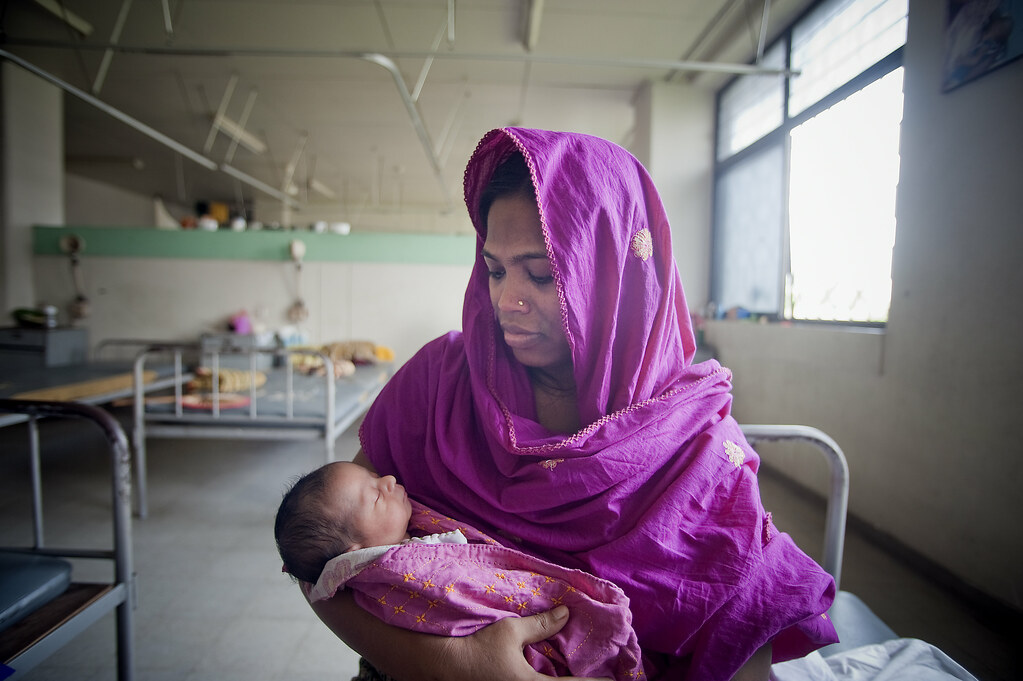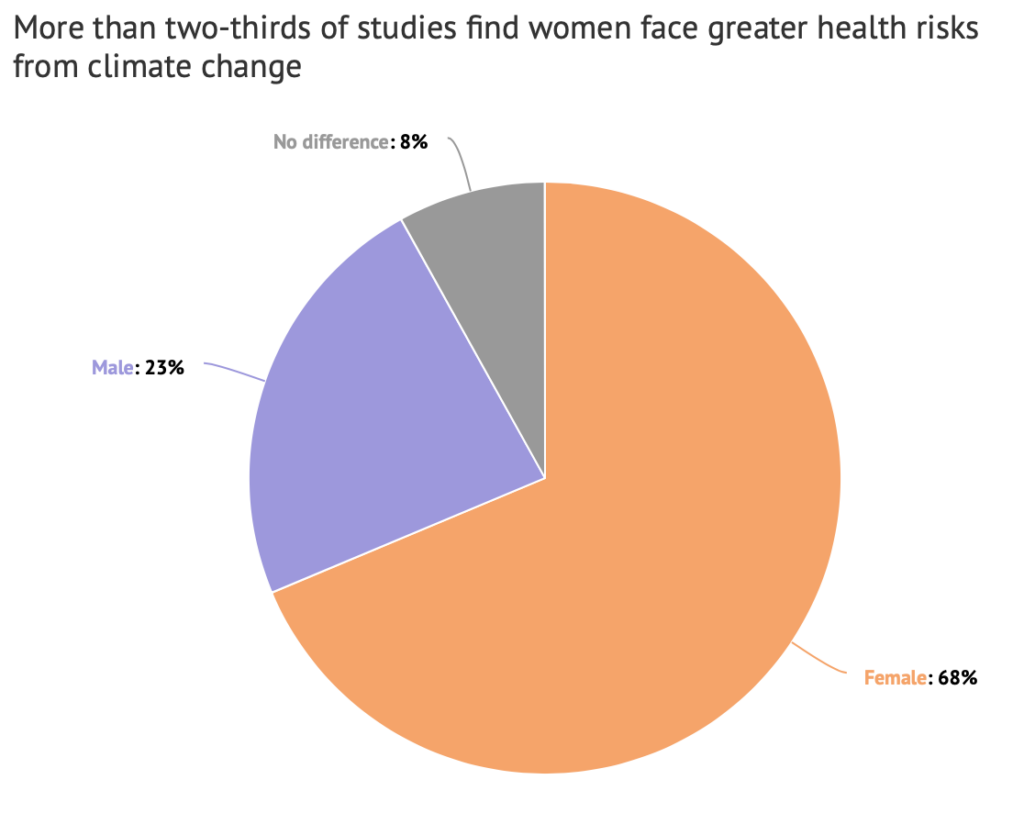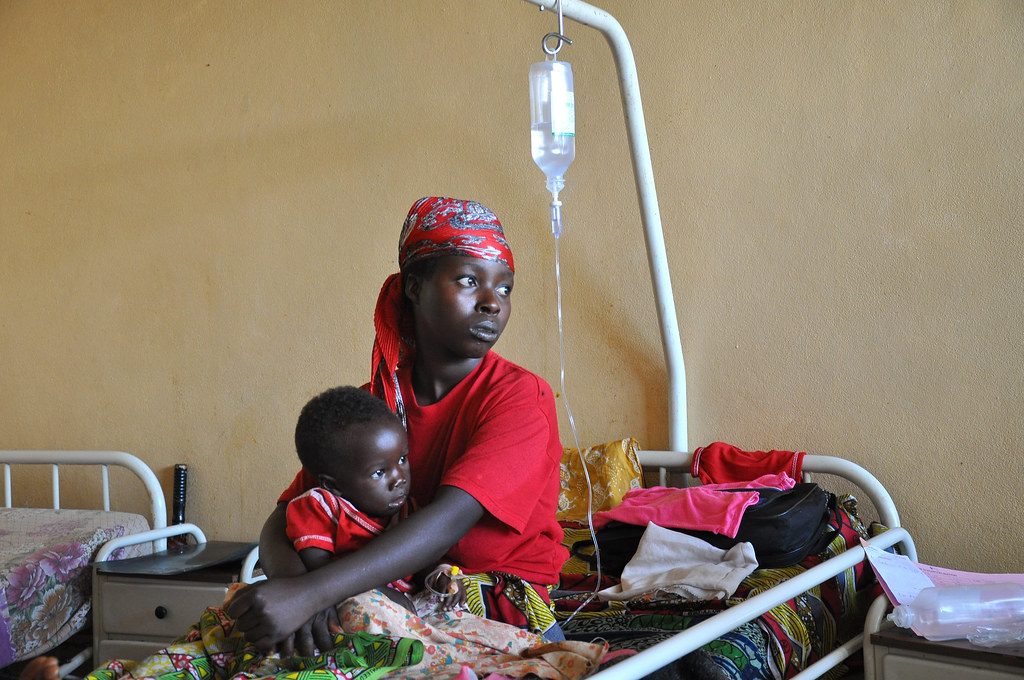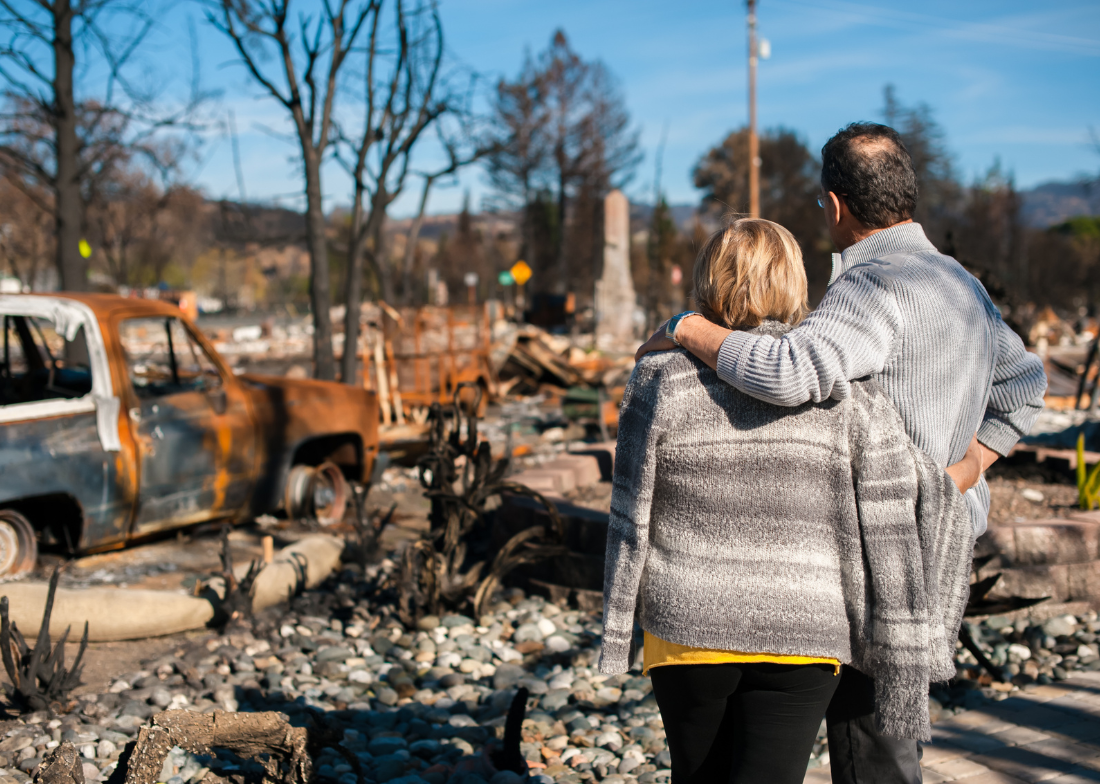Women’s Health and Climate Change 101
Victoria Whalen, ACE Fellow
|March 18, 2022

"Maternal Health in Developing Countries" United Nations Photo
Climate change is a worldwide issue that affects everyone. However, a growing list of studies and reports are showing that climate change is widening the gender gap with women facing more climate consequences than men.
Health and Climate Change
In their latest report, the Intergovernmental Panel on Climate Change (IPCC) stated that “climate change is projected to increase threats to human health.” The relationship between climate change and health is complex with a never-ending cycle of direct and indirect consequences. Some examples through which health is affected include extreme weather events like floods and hurricanes, rising temperatures, poor air quality, and even the introduction of vector-borne diseases. Unfortunately, some demographics are more vulnerable than others and these consequences are unequally distributed.
Gender Inequalities
Throughout the globe, different cultures have their own distinct relations and roles for men and women that give rise to gender inequalities. In a study done by Eric Neumayer and Thomas Plümper, they highlighted that physical differences between men and women are unlikely to explain the disparities in climate disasters, and rather that social norms may provide some additional explanation.
Kim Van Dallen, a global public health PhD student at the University of Cambridge, agreed with this finding stating, “It has more to do with societal roles rather than physiological differences. I tend to say climate change is exacerbating existing inequalities, be that gender or other inequalities.” Women face social, economic, and political barriers that limit their ability to handle climate emergencies. Examples include cultural restrictions on access to healthcare, having lower cash incomes than their male counterparts, and overall familial burdens.
Women’s Health Disparities
The effects of climate change are putting women at an elevated risk of diseases, malnutrition, sexual violence, poor mental health, poor maternal health, and even death. In an analysis of 130 peer-reviewed studies, 68% of the studies found that women were more affected by health impacts associated with climate change than men. Maternal health and mental health amongst women show the most disparate vulnerabilities worldwide.

Air Pollution
The five major air pollutants include ozone, carbon monoxide, sulfur dioxide, nitrogen oxides, and particulate matter. These pollutants can damage vital organs such as the lungs, heart, and even placenta. In a study done in Ukraine, 21% of all illnesses affecting women and children were linked to air pollution. Other research has shown other prenatal effects such as higher risks of low birth weight in areas that are within 2 miles of fracking sites.
Rising Temperatures
Over the last century, Earth’s average temperature has increased by 1.2 degrees Celsius with many parts of the world warming up to 3 degrees Celsius. In utero heat exposure has been attributed to significant increase in risk for congenital harms including cataracts and heart defects. An indirect consequence of rising temperatures are heat waves that lower crop production. This in turn affects food security and increases the likelihood of more mental and physical stress of women.
Flooding
Flooding is now an all-too-common climate change consequence due to heavier rainfall, larger storm fronts, and long-term sea level rise from melting ice sheets and water expansion. Women are more exposed to toxic chemicals in waterways and prolonged exposure to waterlogged and unsanitary environments due to cultural norms such as lack of swimming training. Hurricanes have been linked to significant risks of maternal hypertenseive disease and mood-disorders like depression and PTSD. These mental and physiological health effects have also shown to increase the risk of premature births, low birth weights, and neurodevelopmental problems in children. A paper was done on salt contamination in drinking waters in Bangladesh and it revealed that large numbers of women were being diagnosed with preeclampsia and eclampsia, and hypertension.
Vector-Borne Illnesses
Due to rising temperatures, several countries are experiencing rises in vector-borne illnesses. More than 1 million people die every year from diseases such as malaria, dengue, congenital Zika, etc. Due to rising temperatures the transmission of malaria is projected to increase with pregnant women most vulnerable because they are more “appealing” to infected mosquitoes. Maternal malaria significantly increases the risk of spontanous abortion, premature delviery, and stillbirths.

Potential Strategies to help Mitigate Disparities
It is clear that women are especially vulnerable to both direct and in-direct consequences of climate change. As more studies are conducted, the need for equitable solutions is growing larger everyday. The National Association of Nurse Practitioners in Women’s Health (NPWH) have listed several strategies that local and federal governments can do to help reduce the gap. Some strategies include:
- Having an environmental assessment as part of maternal/women’s health visits to address risks or vulernatbilites.
- Provide education and anticipatory guidance to help patients understand how their conditions are impacted by climate change.
- Incorporate environmental justice, health impacts of climate change, and other resilience courses in the nursing education curriculum.
- Work with local and state health departments and healthcare facilities to ensure disaster preparedness and training.
Another strategy is focusing on the government level changes. For example, Representative Lauren Underwood (D-Ill) has cosponsored a bill called the Protecting Moms and Babies Against Climate Change Act, which is part of a larger bill that focuses on reducing maternal health disparities.
Want to read more? Check out the ACE Blog.
Join our Youth Action Network
More Blog Posts
Driving India towards self sufficiency and freedom from oil
India can shield itself from oil-price shocks and global pressure over Russian barrels by leaning harder into two strengths it …
Read More
Unnatural, Not Unprecedented
For two weeks, residents of Southern California endured a waking nightmare. Parents raced against time – hurrying down the driveway …
Read MoreCrafting a Vision for the Future: My Experience at LCOY USA 2024
Dry and sunny Tempe, Arizona where temperatures have been over 100 F for 113 consecutive days, delegates gathered to attend …
Read More